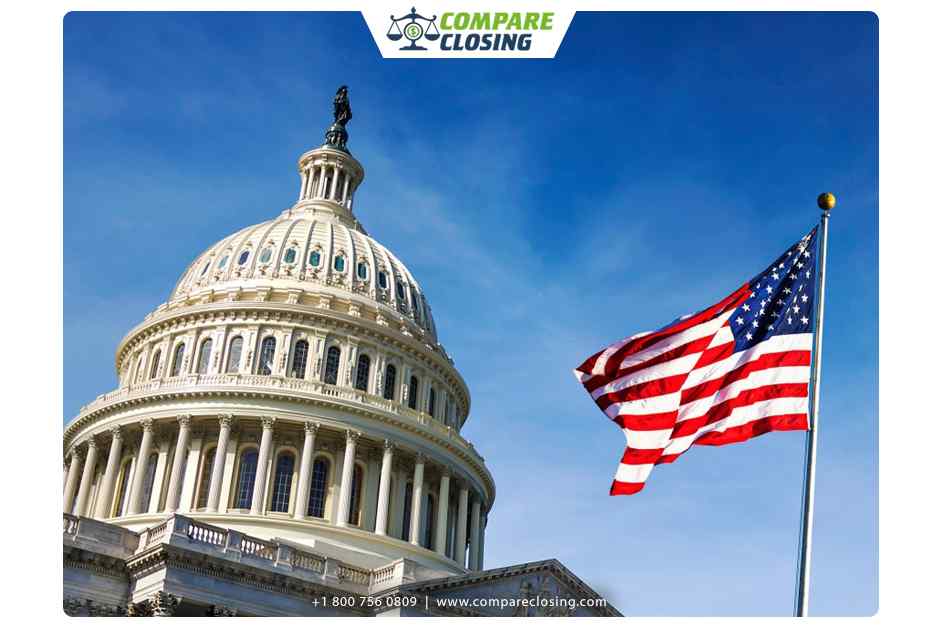Table of Contents
- What Are Netting Escrows & How Does It Work?: The Best Guide - January 2, 2024
- The Secret About Prescriptive Easement: Top Guide 1 Must Know - December 4, 2023
- About Home Equity Loans In Texas And How Can One Obtain It - November 27, 2023
What is the Dodd Frank Act?
The Dodd Frank Act or the Dodd-Frank Wall Street Reform and Consumer Protection Act is widely known as an act created in response to the financial crisis of 2008.
This act that was named after the sponsors, Christopher J. Dodd (Senator) and Barney Frank (Representative), contains a number of provisions that are spelled out on 2,300 pages roughly and were to be implemented over a period of years.
Understanding the Dodd-Frank Act
The Dodd Frank Act is a part of the financial reform law passed during the Obama administration in 2010.
Several new government agencies were established and tasked with the management of the numerous components of the act and the financial system as well.
The act was formed with the intention of preventing another financial crisis like the one that happened in 2008.
Some key provisions of the Dodd Frank Act
- Consumer Financial Protection Bureau: The CFPB was established under Dodd Frank with the intention of preventing predatory mortgage lending and make it easier for the borrowers to understand the terms of a mortgage before they agree to them. It discourages the mortgage brokers from charging higher fees or higher interest in an attempt to earn higher commissions for closing the loans. The CFPB also oversees other types of consumer lending like credit and debit cards and also addresses customer complaints. It also requires the lenders to give out information in a way that is easy to read and understand for the consumers.
- Financial Stability: The Financial Stability Oversight Council and Orderly Liquidation Authority, under the Dodd Frank Act, monitor the economic stability of major financial firms in the U.S. as a failure of these firms can have a huge impact on the economy of the country. The law also has provisions for restructurings and provisions. The council even has the authority to break up banks that can pose a systemic risk or force them to raise their reserve requirements. The Federal Insurance Office was similarly given the task of identifying and monitoring insurance companies that are considered ‘too big to fail’.
- Whistle-blower Program: The Dodd Frank Act also expanded and strengthened the existing whistle-blower program. The program specifically formed a compulsory bounty program through which whistle-blowers could receive 10-30% of the proceeds from a litigation settlement, included the employees of a firm’s subsidiaries and affiliates, and thus broadened the scope of a covered employee.
- The Volcker Rule: The Volcker Rule is another key component of the Dodd Frank Act. It Limits speculative trading and eliminates proprietary trading by restricting the way in which banks can invest. Banks are not allowed to be involved with private equity firms or hedge funds as they are considered to be too risky. Financial firms are not allowed to trade proprietarily in order to minimize the chances of any conflicts of interest. The Volcker Rule also contains provisions for the regulation of derivatives, like the credit default swaps that were considered to be a contributing factor to the 2008 financial crisis. It also regulates the use of derivatives by financial firms in order to prevent ‘too big to fail’ institutions from taking any major risks that might have a negative impact on the country’s economy.
In 2016, when Donald Trump got elected as the President, he swore to repeal the Dodd-Frank Act and in May 2018, the administration signed a new law that rolled back substantial portions of it.
The U.S. Congress sided with the critics and passed the Economic Growth, Regulatory Relief, and Consumer Protection Act.
Here are some provisions of the new law
- The new law increased the asset threshold for the application of practical standards, mandatory risk committees, and stress test requirements and thus eased the Dodd Frank regulations for small and regional banks.
- The law imposes less strict reporting and capital norms on smaller lenders and exempts the lenders that have assets of less than $10 billion from the requirements of the Volcker rule.
- In order to allow consumers to prevent any kind of fraud, the law requires the three major credit reporting agencies to allow consumers to ‘freeze’ their credit files for free.
Dodd Frank Act Criticism
The supporters of Dodd-Frank believed that the Act would prevent economic crises like that of 2008 and protect the consumers against many cases of abuse that in many ways contributed to the crisis.
However, critics have argued that the act could affect the competitiveness of U.S. firms compared to their foreign counterparts.
They argued in particular that the act and its regulatory compliance requirements burden the community banks and smaller banks unduly.
Experts also argued that although the capital constraints imposed by Dodd-Frank undoubtedly assure safety for each institution, they also make for a market that is more illiquid overall.
Conclusion
The Dodd-Frank Act was formed with the intention of preventing a financial crisis like the one in 2008 from repeating.
It focused on the sectors and parts of the economy that were considered responsible for the economic crisis.
The critics of the law have argued that it makes U.S. firms less competitive. In the year 2018, the Trump administration passed new laws that rolled back many of the restrictions of the Dodd-Frank Act.
Amanda Byford
Amanda Byford has bought and sold many houses in the past fifteen years and is actively managing an income property portfolio consisting of multi-family properties. During the buying and selling of these properties, she has gone through several different mortgage loan transactions. This experience and knowledge have helped her develop an avenue to guide consumers to their best available option by comparing lenders through the Compare Closing business.





